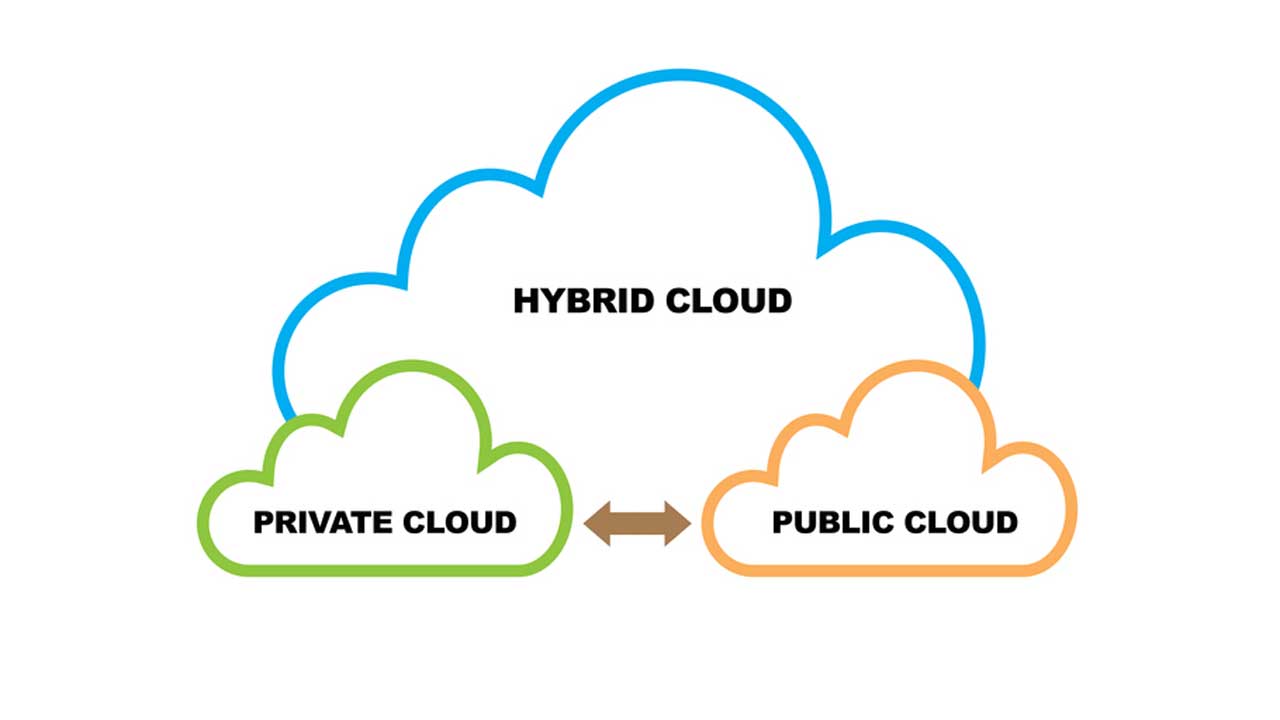Big Data Strategy: A Comprehensive Guide
In today’s data-driven world, organizations of all sizes are inundated with vast amounts of data. This phenomenon, known as Big Data, presents both challenges and opportunities. A well-defined Big Data strategy can help businesses harness this data to drive innovation, improve decision-making, and gain a competitive edge. This blog will explore the key components of a Big Data strategy, provide actionable insights, and answer some frequently asked questions.
What is Big Data?
Big Data encompasses the massive volume of structured and unstructured data that various sources, including social media, sensors, and transactions, generate every second. This data is characterized by its volume, velocity, and variety, often called the “3 Vs.”
Importance
The importance of Big Data lies in its potential to provide actionable insights. By analyzing large datasets, organizations can uncover patterns, trends, and correlations that were previously hidden, enabling better decision-making and strategic planning.
Components of a Big Data Strategy
1. Defining Objectives
The first step in developing a Big Data strategy is to clearly define your business objectives. What do you hope to achieve by leveraging Big Data? Whether it’s improving customer experience, optimizing operations, or driving innovation, having clear goals will guide your strategy.
2. Data Collection and Management
Effective data collection and management are crucial. Identify the sources of data relevant to your objectives, such as customer interactions, social media, or IoT devices. Implement robust data governance policies to ensure data quality, security, and compliance.
3. Technology and Tools
Choosing the right technology and tools is essential for managing and analyzing Big Data. This includes data storage solutions like Hadoop and cloud-based platforms, as well as analytics tools such as Apache Spark, Tableau, and machine learning frameworks.
4. Data Analysis and Insights
Once the data is collected and managed, the next step is to analyze it. Utilize advanced analytics techniques, including machine learning and artificial intelligence, to extract meaningful insights. Visualization tools can help present these insights in an understandable format for stakeholders.
5. Implementation and Integration
Integrate Big Data insights into your business processes and decision-making workflows. This may involve automating certain operations, developing new products or services, or personalizing customer interactions based on data-driven insights.
6. Continuous Improvement
A Big Data strategy is not a one-time effort but an ongoing process. Continuously monitor the performance of your Big Data initiatives, gather feedback, and make necessary adjustments to stay aligned with your business objectives.
Challenges and Solutions
Data Privacy and Security
With the increase in data breaches, ensuring data privacy and security is paramount. Implement robust encryption, access controls, and compliance with regulations such as GDPR and CCPA.
Skill Gaps
There is a growing demand for data scientists and analysts. Invest in training programs and consider collaborating with educational institutions to bridge the skill gap.
Data Quality
Poor data quality can lead to inaccurate insights. Establish data governance frameworks to maintain data integrity and consistency.
Conclusion
A well-executed Big Data strategy can transform the way businesses operate, providing them with valuable insights and a competitive advantage. By defining clear objectives, managing data effectively, leveraging the right tools, and continuously improving processes, organizations can unlock the full potential of Big Data.
FAQs
What is the first step in creating a Big Data strategy?
The first step is to clearly define your business objectives. Understand what you want to achieve with Big Data to guide your strategy.
What tools are commonly used in Big Data analytics?
Common tools include Hadoop for storage, Apache Spark for processing, and Tableau for visualization. Machine learning frameworks like TensorFlow are also widely used.
How can businesses ensure data privacy and security?
Implement robust encryption, access controls, and compliance with regulations such as GDPR and CCPA. Regularly update security protocols and conduct audits.
Why is data quality important in Big Data?
Data quality is crucial because poor data can lead to inaccurate insights and poor decision-making. Establishing data governance frameworks helps maintain data integrity and consistency.
How can companies address the skill gap in Big Data?
Invest in training programs for existing employees, hire skilled data professionals, and collaborate with educational institutions to develop the necessary talent pool.









